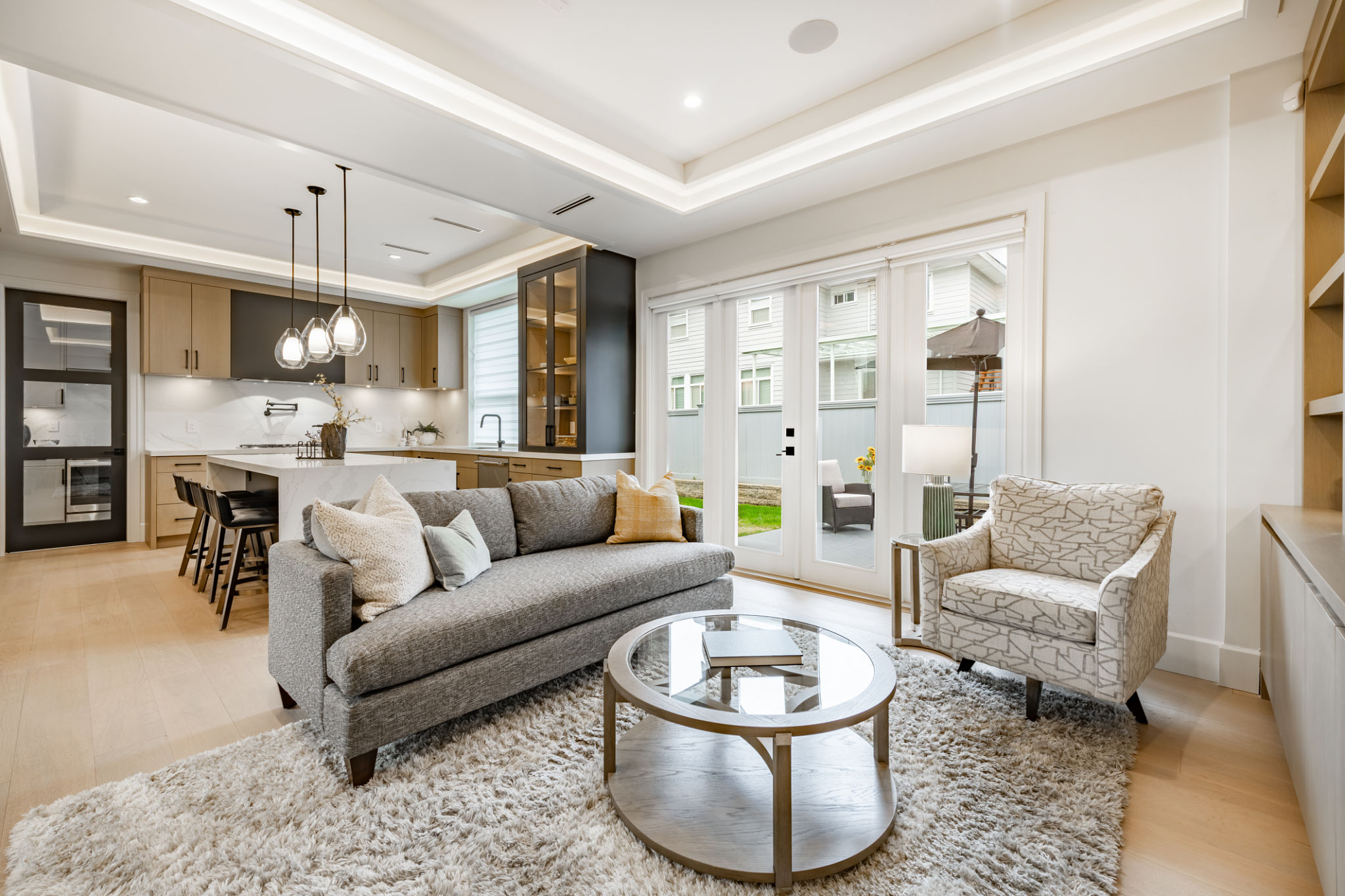DIY vs. Professional Home Staging: What You Need to Know
Understanding Home Staging
Home staging is a strategic approach to preparing a house for sale by making it more appealing to potential buyers. It involves arranging furniture, decorating, and sometimes even renovating to showcase the property's best features. Whether you choose to stage your home yourself or hire a professional, the goal remains the same: to sell your home quickly and at the best possible price.

DIY Home Staging: Pros and Cons
Pros of DIY Home Staging
One of the major advantages of staging your home yourself is cost savings. By using existing furniture and decor, you can significantly reduce expenses. DIY staging also allows you to add a personal touch and style to the space, creating a unique ambiance that reflects your personality.
Cons of DIY Home Staging
However, DIY staging can be time-consuming and challenging, especially if you lack experience in interior design. You may also miss out on the objective viewpoint that professionals bring, which can help highlight the best features of your home and appeal to a broader market.

Professional Home Staging: Pros and Cons
Pros of Professional Home Staging
Hiring a professional stager can provide numerous benefits. Experts in the field have access to a wide range of furniture and decor options, allowing them to create a polished and cohesive look. They understand market trends and buyer preferences, which can increase the perceived value of your home and potentially lead to a quicker sale.
Cons of Professional Home Staging
The downside to professional staging is the cost. It can be a significant investment, depending on the size of your home and the level of service required. However, this cost is often outweighed by the potential return on investment through an increased sale price.

Factors to Consider When Deciding
When deciding between DIY and professional home staging, consider factors such as your budget, time constraints, and personal skill level in design. If you have a keen eye for design and the time to invest, DIY staging might be suitable. However, if maximizing your home's appeal quickly is a priority, professional staging could be the better option.
Tips for Successful Home Staging
No matter which route you choose, there are several key tips for successful home staging:
- Declutter: Remove personal items and unnecessary furniture to create a clean, spacious look.
- Neutralize: Use neutral colors to appeal to a wider audience.
- Highlight Key Features: Draw attention to unique aspects of your home, such as fireplaces or large windows.
- Enhance Curb Appeal: First impressions matter, so ensure that your home's exterior is well-maintained.

Conclusion
Choosing between DIY and professional home staging depends largely on your specific situation and goals. Each option has its own set of advantages and disadvantages. By weighing these factors carefully, you can make an informed decision that best suits your needs and helps you achieve a successful home sale.
